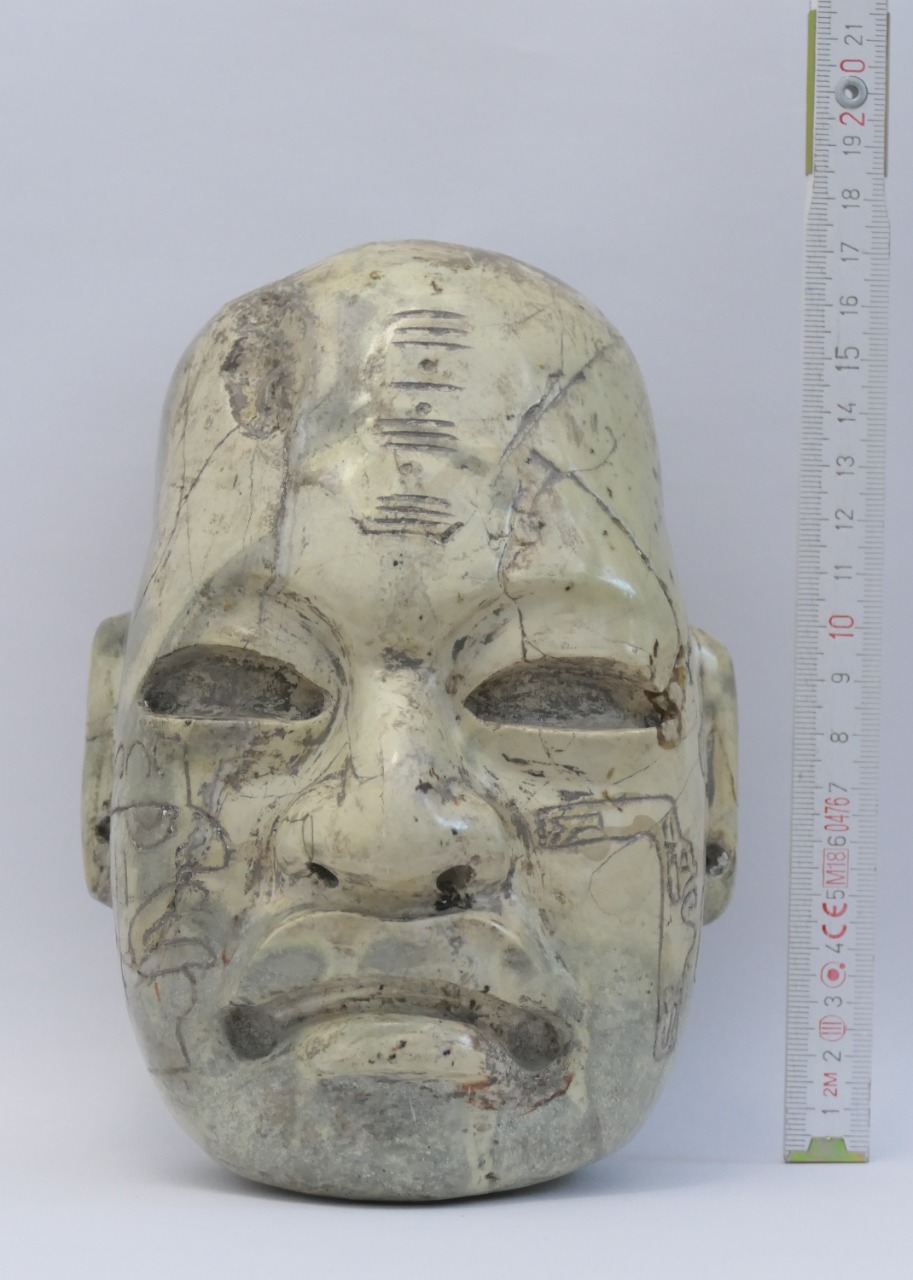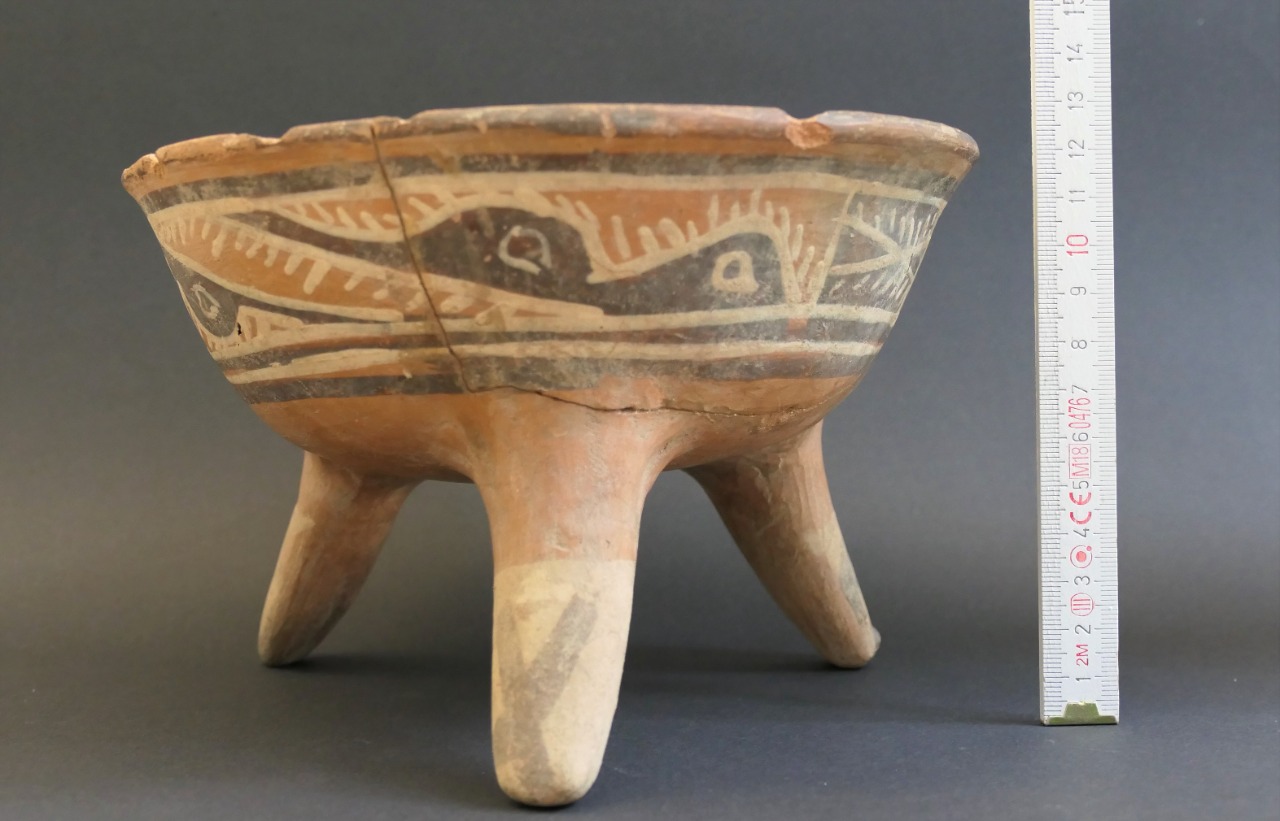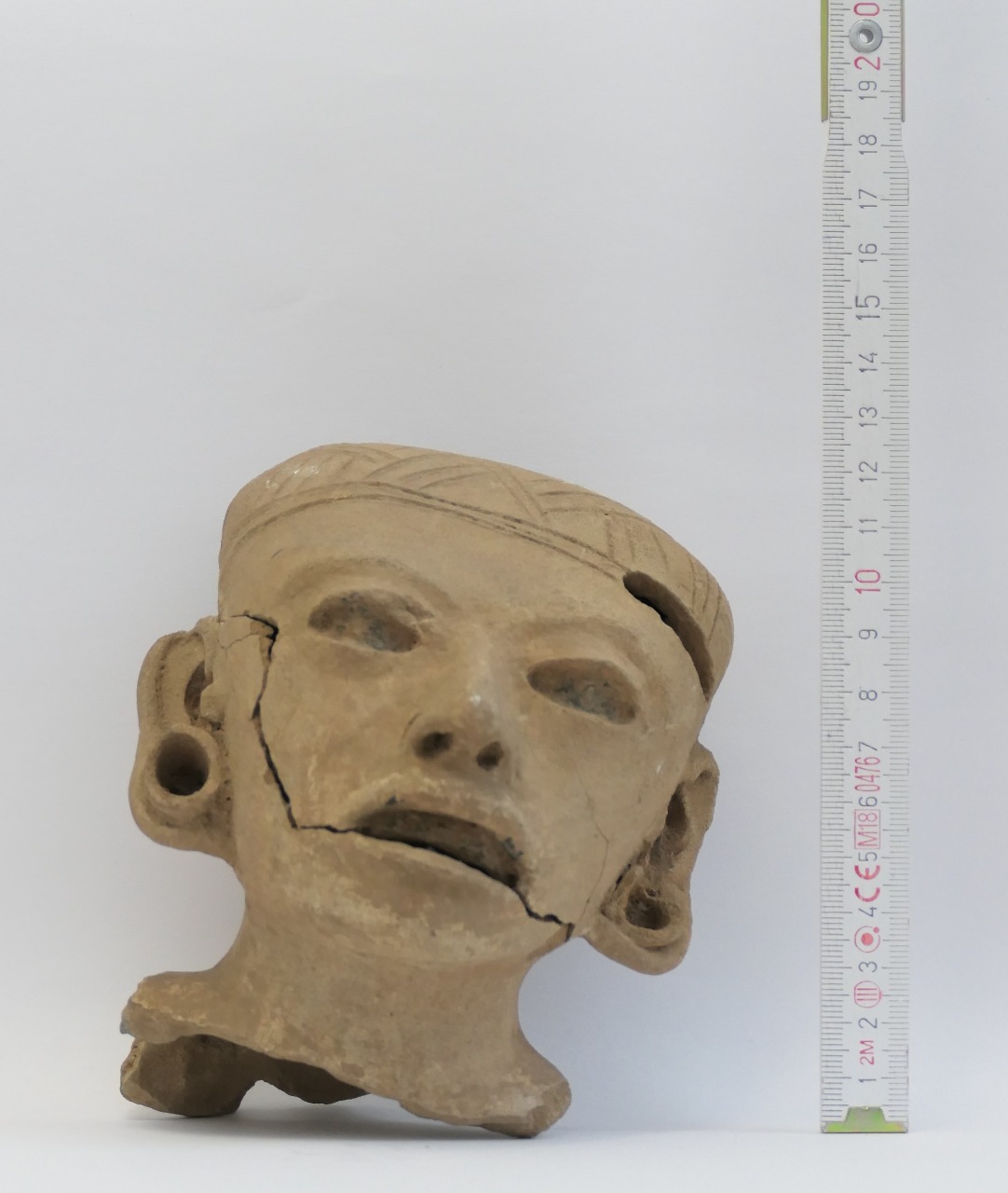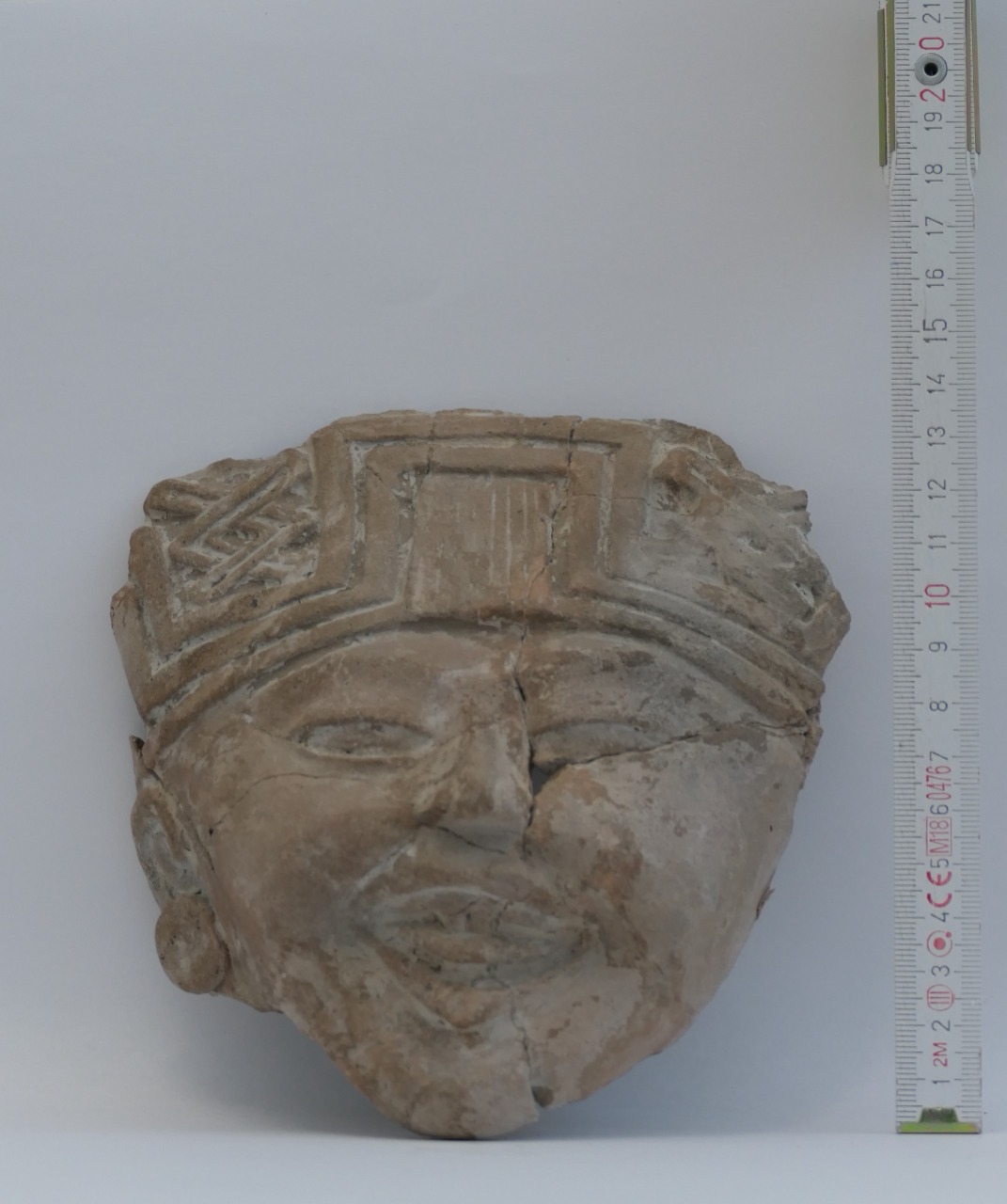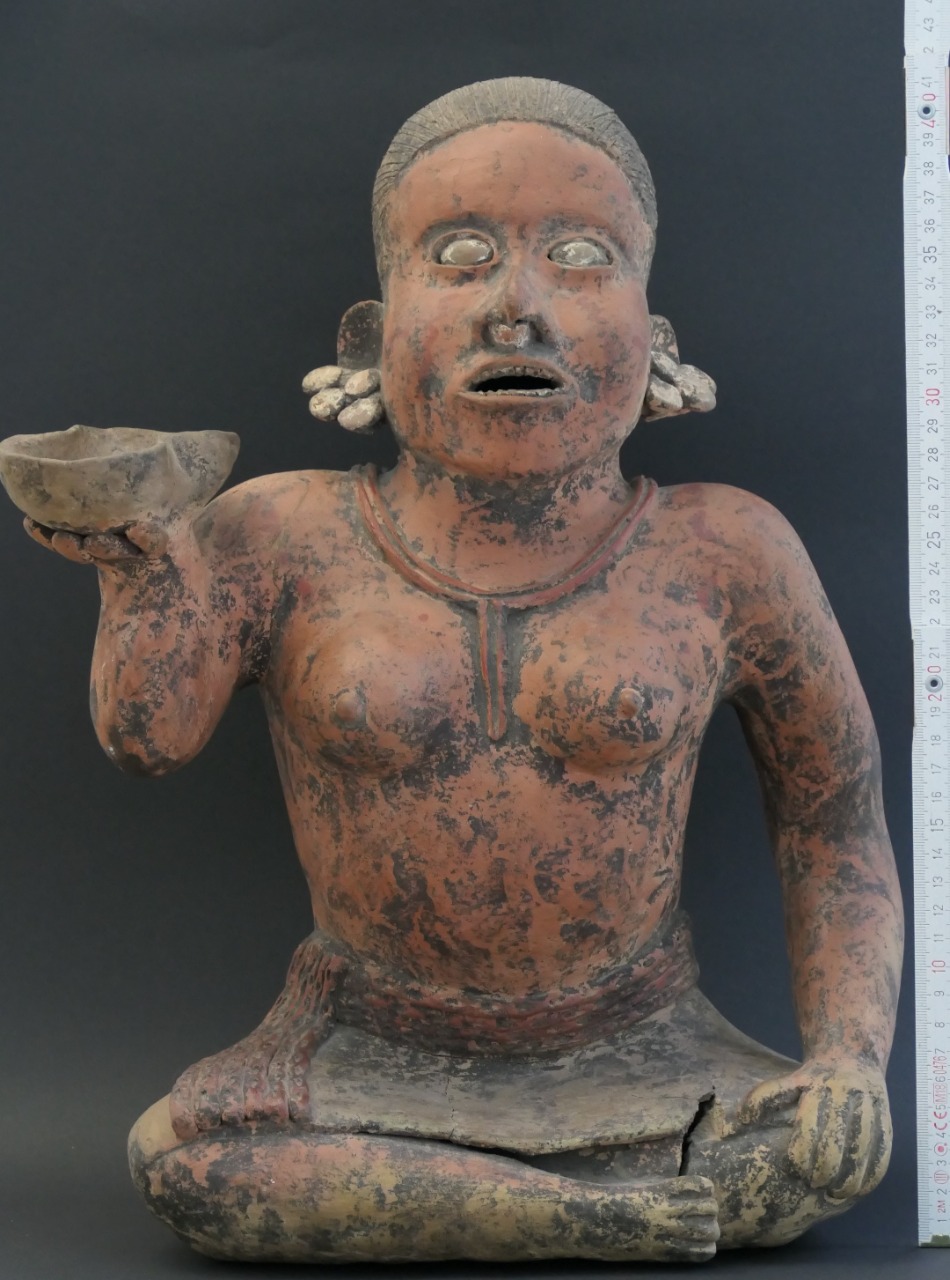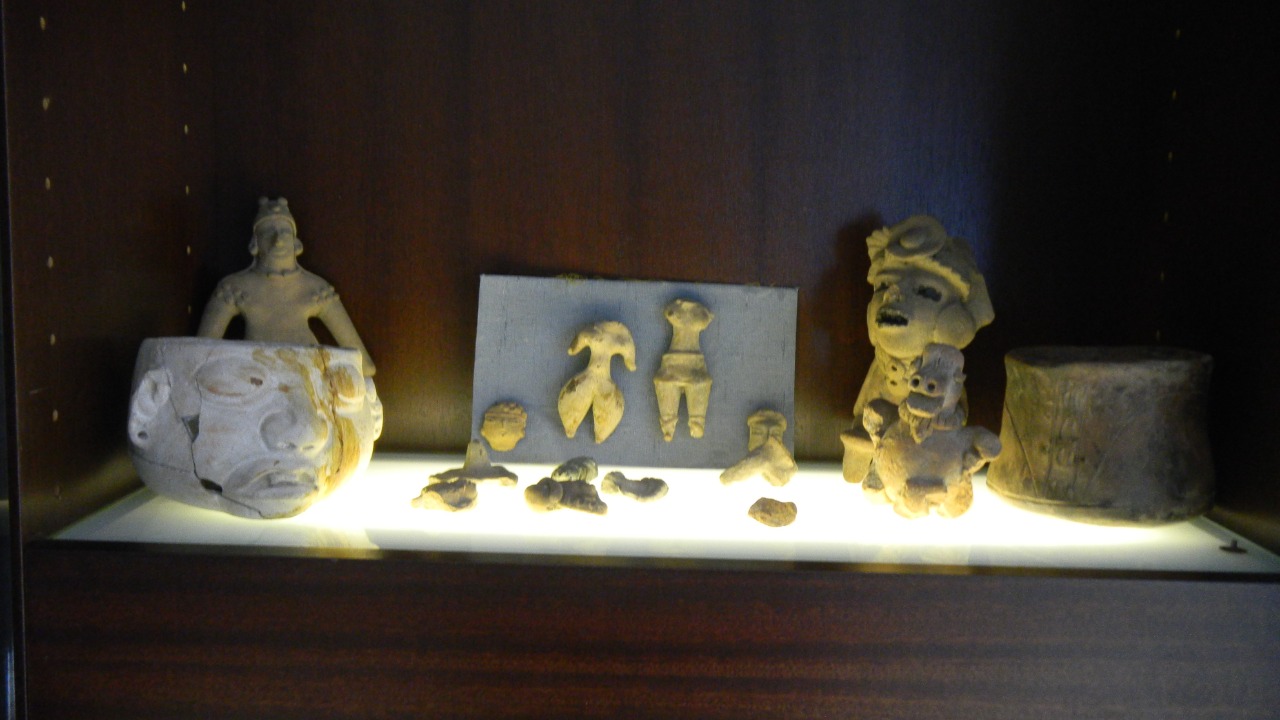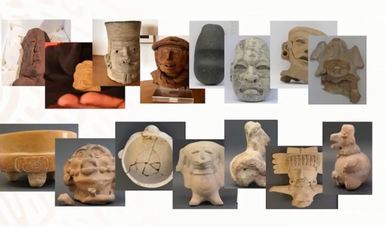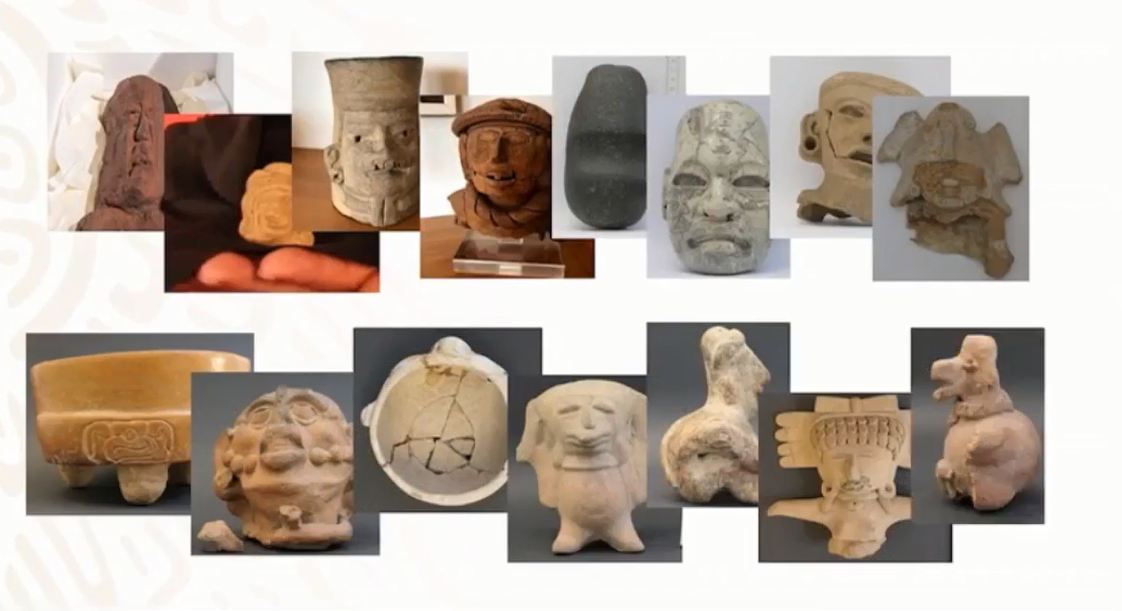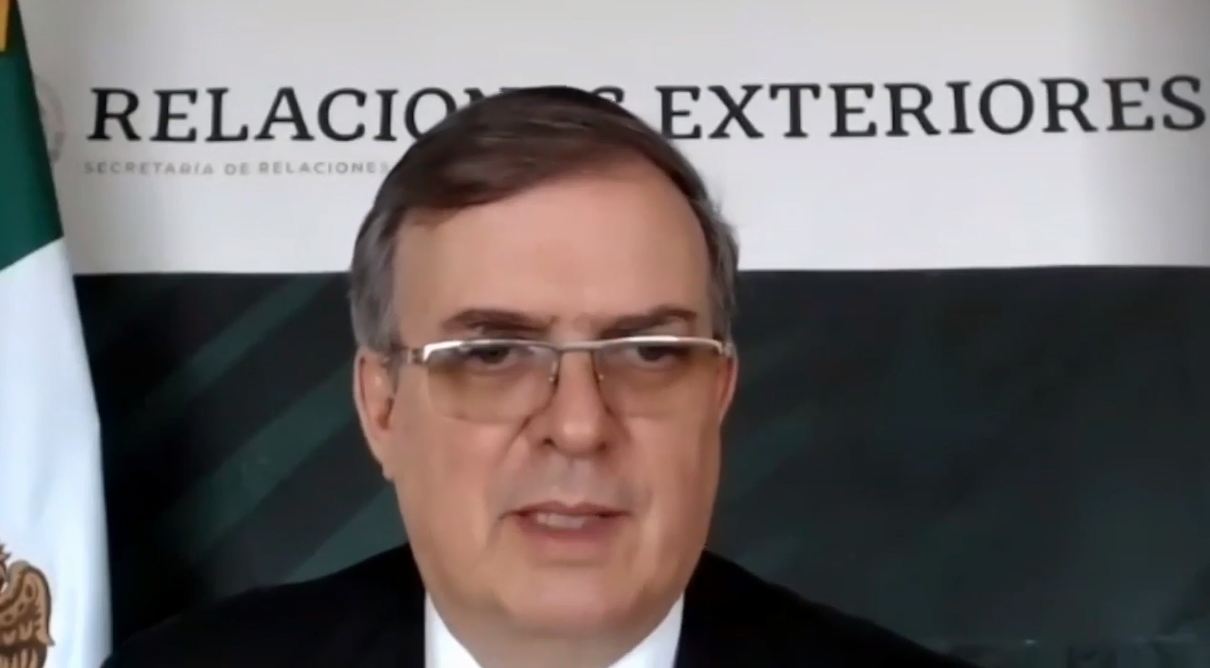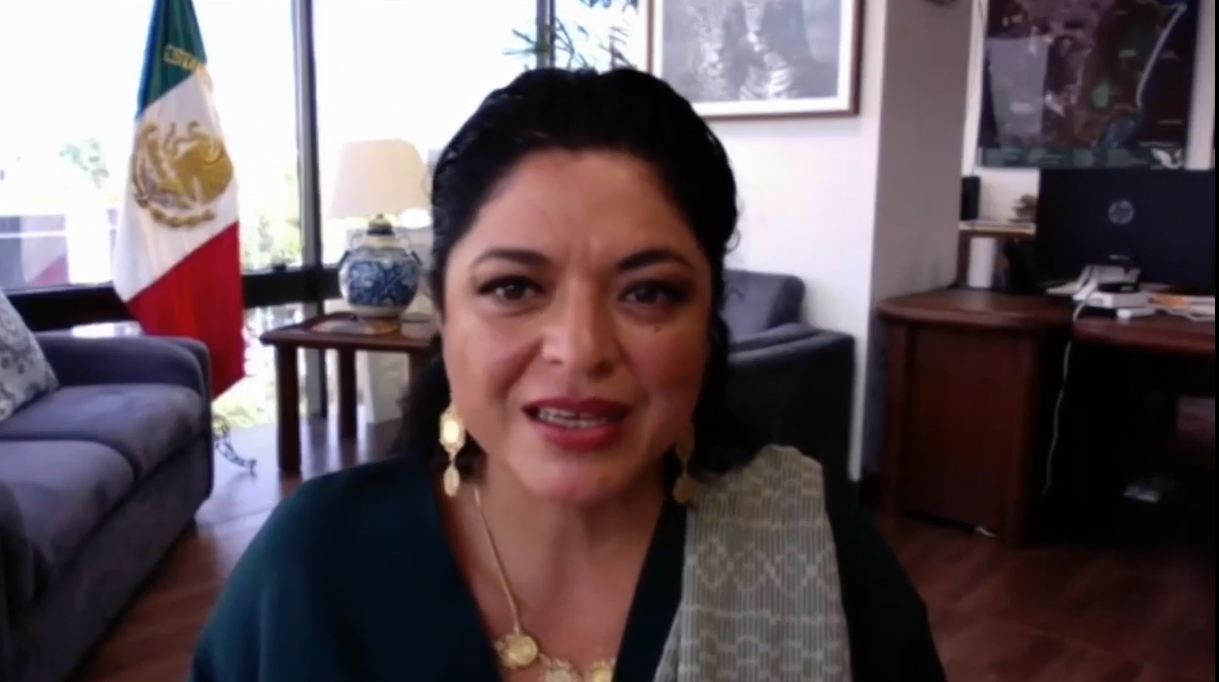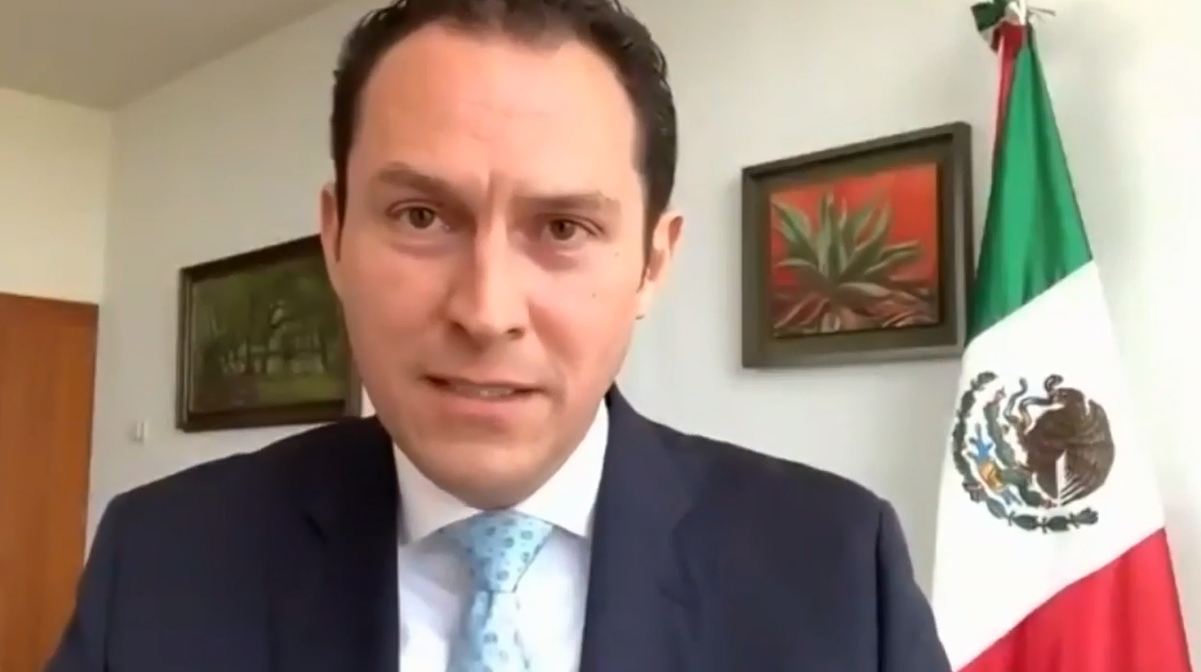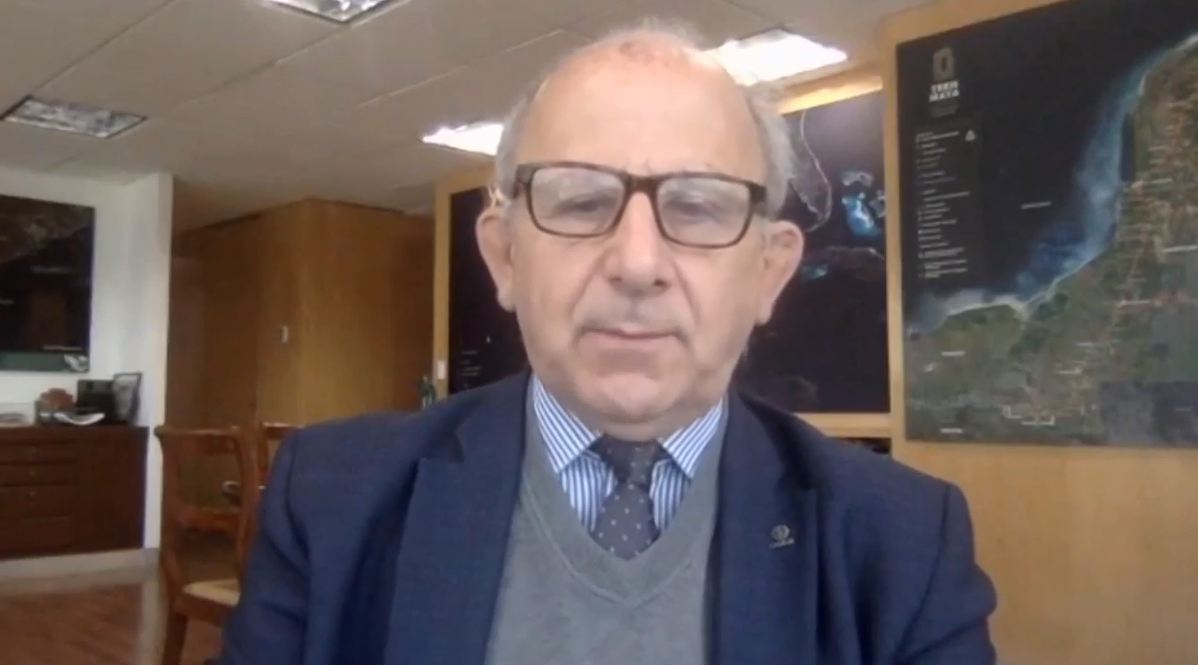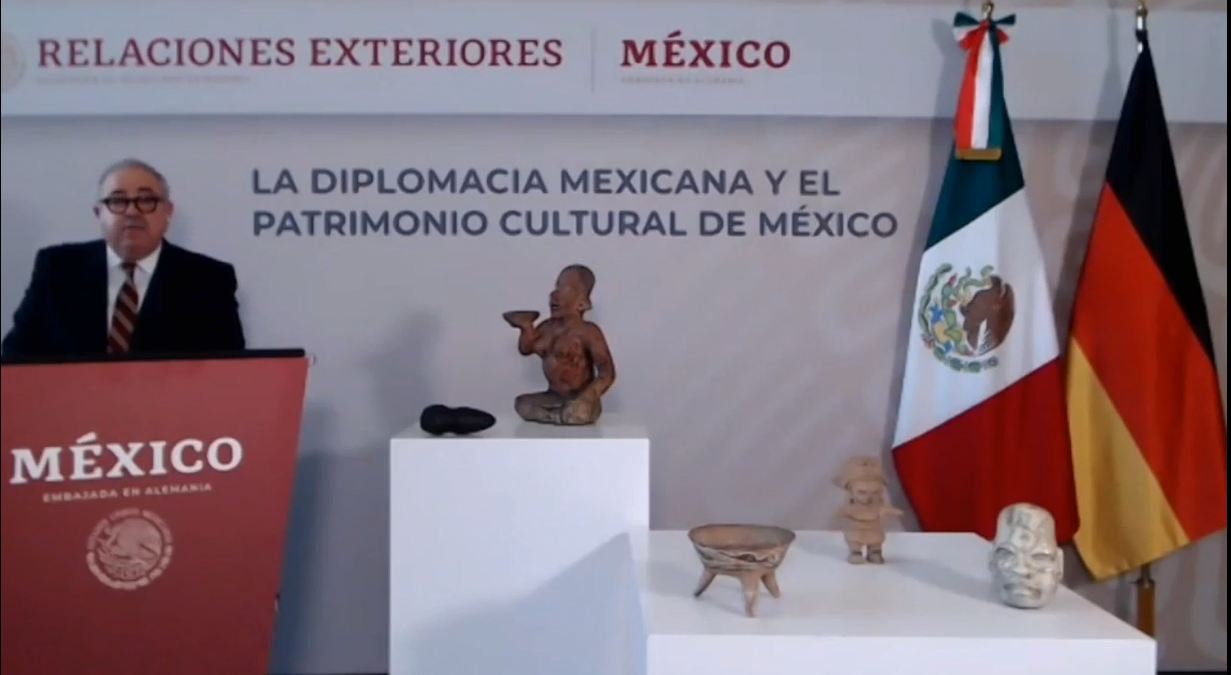- The pieces were returned this morning in a virtual ceremony led by Culture Secretary Alejandra Frausto and Foreign Secretary Marcelo Ebrard.
- The pieces include bowls and other vessels, seals and an Olmec mask made by the cultures of the Gulf Coast, Central Highlands, the West and the Mayan area.
German citizens returned 34 archaeological artifacts to the Mexican embassy in Germany for their repatriation. The pieces come from the regions occupied by the ancient cultures of the Gulf Coast, the Central Highlands, the West (Colima and southern Nayarit) and the Mayan area. They were handed over this morning in a virtual ceremony led by Culture Secretary Alejandra Frausto and Foreign Secretary Marcelo Ebrard.
In her remarks, the Culture Secretary thanked the individuals who returned the pieces, and the Foreign Ministry, for their help. Including those returned today, so far 5,464 archaeological artifacts and historical objects such as votive paintings have been recovered. "The common denominator is cultural heritage. This is something that the president of Mexico, Andrés Manuel López Obrador, has made very clear from the beginning of his administration."
She added: “The peoples of Germany and Mexico are showing today that cultural heritage unites us, that a respectful dialogue between nations, based on their culture, builds maps different from those that normally were seen only from the point of view of one dominant culture to another. These fraternal ties are what we are now harvesting, recognition of the willingness, ethics and fraternity to respect for the cultures of other countries.”
During the ceremony, the Foreign Secretary thanked the individuals for their willingness to return the pieces to the Mexican government, saying that this shows that we are seeing a change in the prevailing culture regarding ownership of this type of pieces. Perhaps just a few year ago, this would not have been possible, so "it is encouraging, and it is also the result of the work that has been done by various countries, intellectuals and thinkers, who have insisted on this issue," he said.
Foreign Secretary Ebrard recognized that the same actions have been taken multilaterally to recover the heritage of great and ancient civilizations, with the collaboration of the United Nations Educational, Scientific and Cultural Organization (UNESCO). He emphasized that this practice has become a day-to-day priority of Mexican diplomacy, which has made it possible to make it legally less complex to recover key pieces.
The Foreign Ministry's legal counsel, Alejandro Celorio, welcomed the return of the pieces today, saying that it comes in addition to other actions taken by the Mexican government in recent years with the help of its diplomatic representations abroad to defend Mexico's cultural heritage, such as its tireless objections to auctions of archaeological artifacts, its authentication of pieces in individuals' collections, and its help with legal processes to recover pieces and with voluntary actions, such as today's.
The director general of the National Institute of Anthropology and History (INAH), Diego Prieto, said that “Mexico's heritage has to shine throughout the world, which is why the Culture Ministry and the INAH are promoting exhibits so that people in Europe, North America, Latin America, Asia and Africa are aware of it through the generosity of our nation, and not as a result of illegal trafficking in cultural property.”
Mexico's ambassador to Germany, Rogelio Granguillhome, said that the return of these objects speaks of the close relationship between Mexico and Germany. He stressed that not only the authorities, but also German society, has shown a clear sense of respect for our cultural heritage, and of responsibility for the importance of the Mexican identity and recognition of the high value that Mexicans place on our historical heritage. Therefore, on behalf of the Mexican embassy in Germany, he conveyed the gratitude and appreciation of the Mexican government for this gesture and the closeness between our nations, which "helps ensure that at the official level it is a dynamic, diverse, respectful and constructive relationship," he said.
Among the archaeological pieces returned there are anthropomorphic figures made of clay, bowls and other vessels, and one effigy, and seals and fragments of anthropomorphic figurines. Also noteworthy are a mask made of metamorphic rock from the Olmec culture that dates to Mesoamerica's Preclassic period (1200-600 BC); two heads in Totonac style dating from the Classic period (250–900 AD); and a Postclassic period (100-1521 AD) clay bowl made by the Mayan culture.
The voluntary return of these pre-Hispanic objects is the result of the daily and coordinated work done by government agencies in Mexico to recover, protect and respect the cultural, historical and archaeological heritage of our peoples. It reaffirms the Mexican government's rejection of the illicit trafficking of cultural property so that the artifacts are returned to their original context, and to their historical and cultural legacy.
